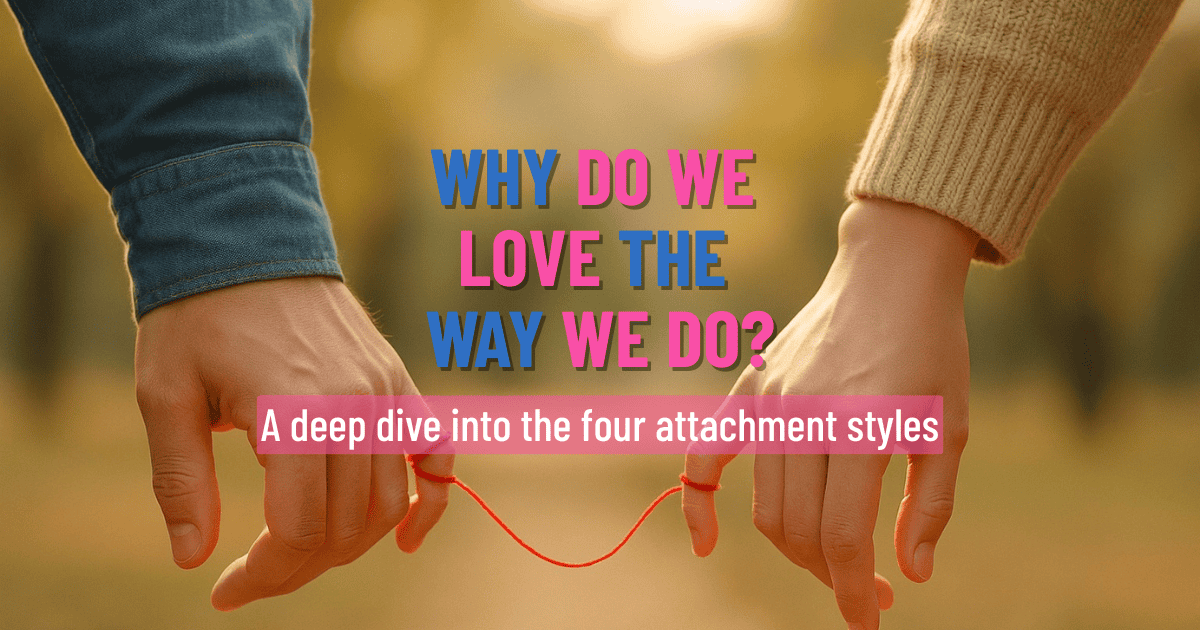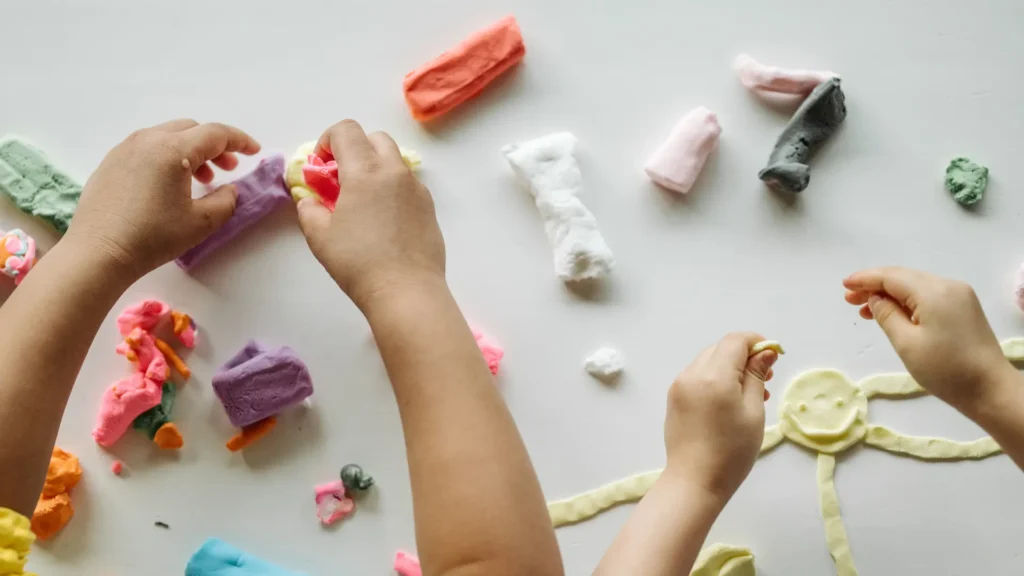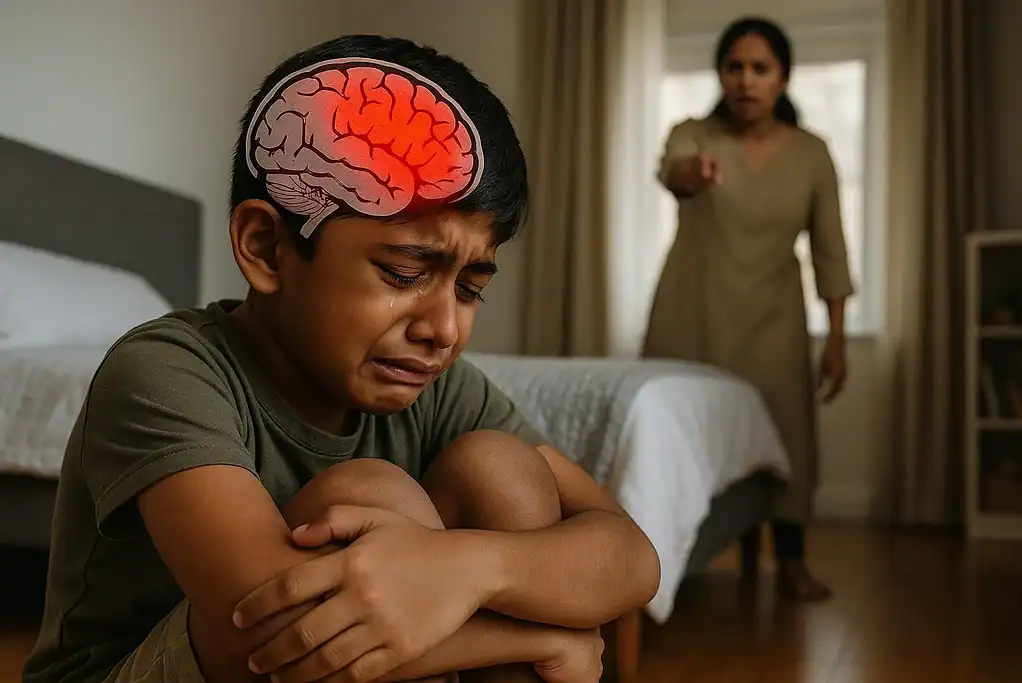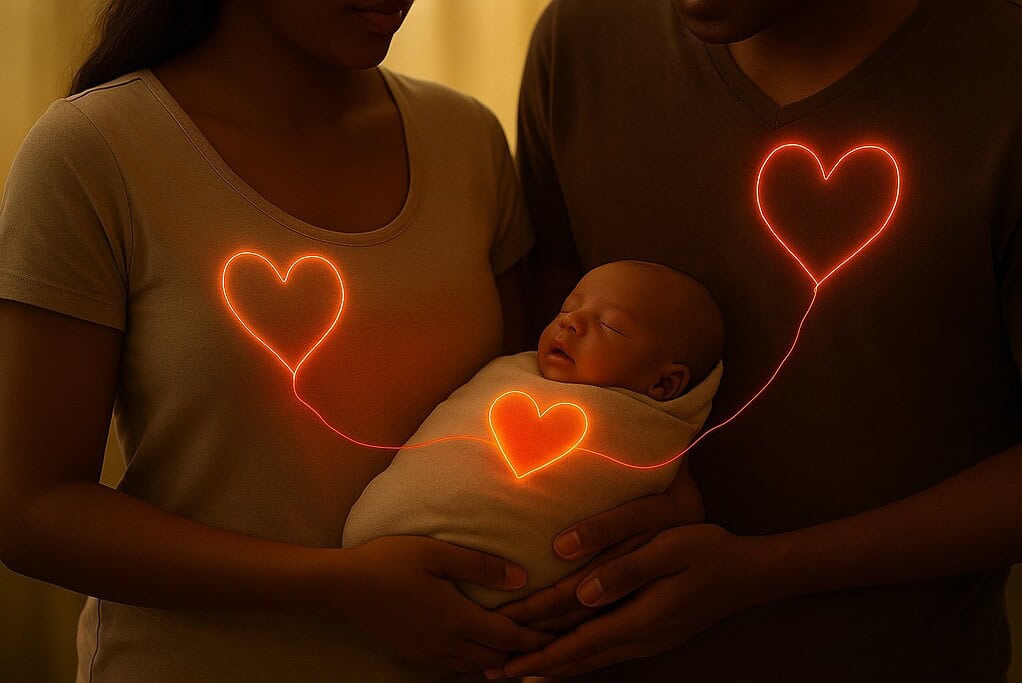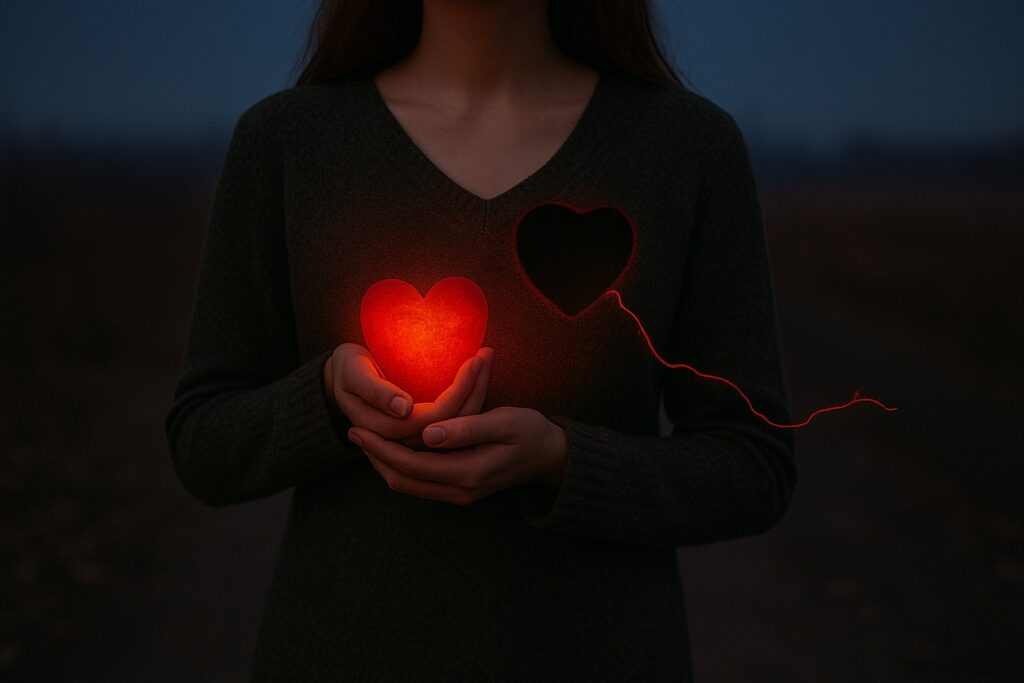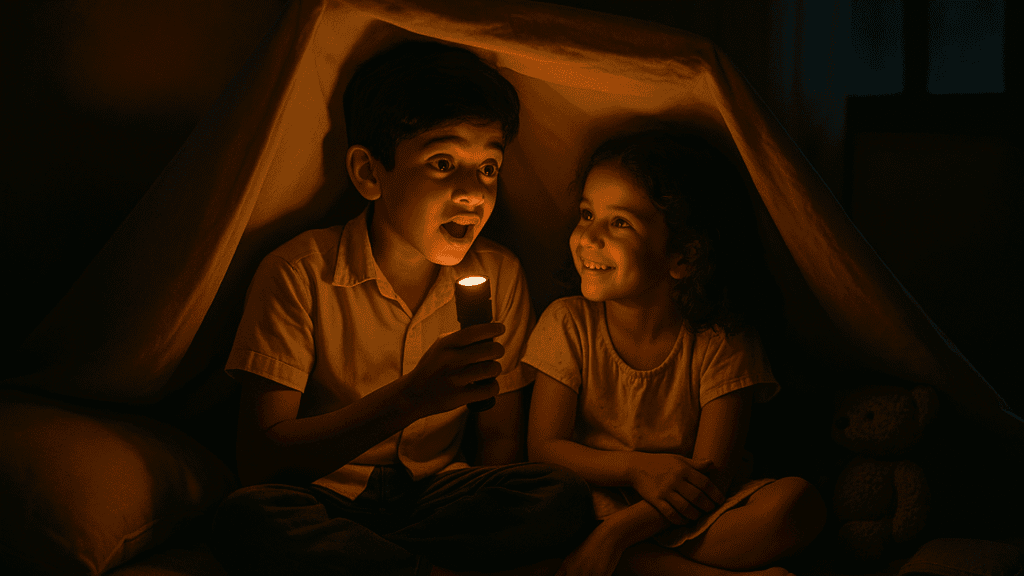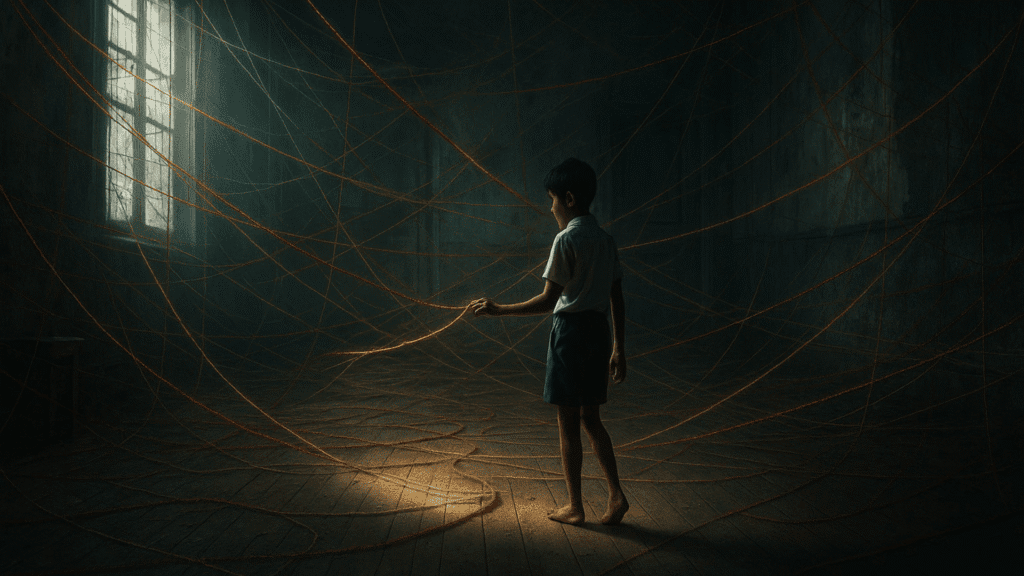Table of Contents
ToggleWhat Are Attachment Styles, And Why Do They Matter?
An attachment style is your internal blueprint for how you connect with others. It’s an invisible pattern that influences how you seek closeness, navigate conflict, and respond to emotional needs, your own and those of others.
While we often think love and relationships are about compatibility or communication, there’s something deeper at play: your attachment system. This biological and emotional mechanism is formed in early childhood, often before you could talk, through your relationship with your primary caregivers.
Your attachment style acts like an operating system for your relational world. It’s always running in the background, shaping how you:
- Interpret emotional cues (Do they really care about me?)
- React to closeness or space (Why do I feel smothered… or abandoned?)
- Handle vulnerability (Can I trust this person with my heart?)
- Define your self-worth (Am I lovable as I am?)
These aren’t just abstract ideas. Your attachment style impacts:
- How you respond when your partner pulls away or gets too close.
- Whether you feel comfortable expressing needs or tend to suppress them.
- How emotionally available you are with your children or loved ones.
- Whether you see yourself as worthy of being loved, even in your flaws.
Attachment theory isn’t just about childhood. It’s about understanding the unconscious patterns we carry into adulthood until we learn to notice them.
Because the truth is that you can have the perfect partner, a loving family, a good life…
But if your attachment style is rooted in fear or confusion, connection may feel like walking on eggshells.
When your attachment system is secure, love becomes a sanctuary, not a battlefield. You can stay when it’s hard, speak up without shame, and offer connection without losing yourself.
That’s why attachment styles matter, not to label us, but to give us a mirror and a map.
How Are They Formed? The Roots of Your Emotional Blueprint
Your attachment style isn’t chosen, it’s learned. Not from textbooks, but from experience. And most of it happened before you were fully conscious of it.
From the moment you’re born, your nervous system is scanning for one core question:
“Am I safe in this relationship?”
As infants, we depend on caregivers to meet not just physical needs (food, protection), but emotional ones, comfort, regulation, responsiveness, and presence. Over time, these early moments become imprinted in your nervous system and brain, forming an “internal working model” of self and others:
Can I count on others when I’m in distress?
Do I have to perform, hide, or suppress my needs to be loved?
Is it safe for me to express fear, sadness, joy, or anger?
This is your emotional blueprint. It guides how you give and receive love, how you interpret someone’s silence, and even how you react when your child cries or your partner pulls away.
Here are four key early experiences that shape this blueprint:
1. Consistency of Care
Were your caregivers emotionally present and predictable, or did love feel conditional, unpredictable, or absent?
2. Emotional Attunement
Did someone see your tears and comfort you? Or were you told to stop crying, to be quiet, or that your feelings were “too much”?
3. Safety in Connection
Was closeness a safe place, or was it tied to chaos, criticism, punishment, or fear?
4. Repair After Rupture
When conflict or disconnection happened (as it always does), did your caregivers return to reconnect and soothe, or leave you to figure it out alone?
These small but significant relational moments build the foundation of how your brain processes relationships. Over time, they create the emotional lens through which you see the world:
If you were met with warmth and presence, you likely learned: “I matter. I’m lovable. Others are safe.”
If you were met with unpredictability, rejection, or emotional absence, you may have learned: “I must work hard to earn love,” or “Closeness isn’t safe.”
And because our brain is wired to repeat what is familiar, not what is healthy, we unconsciously recreate those early dynamics in our adult lives, attracting similar partners, repeating emotional patterns, and parenting from the same place unless we consciously break the cycle.
But the beauty of this blueprint is that it’s not set in stone.
With awareness, reflection, and healing relationships, you can rewrite the script and rewire your capacity to feel safe in love, in connection, and in your own skin.
The Four Attachment Styles: Patterns of Connection We Carry
Before we dive into the nuances of each style, it helps to understand that attachment styles are not personality types or diagnoses; they are adaptive patterns we developed early in life to feel emotionally safe. These patterns were shaped not by logic, but by survival instinct.
When we were young and utterly dependent on the people around us, our nervous system made note of what it had to do to stay connected, because connection meant safety.
And so, the ways we learned to cope, bond, protect, and relate became our blueprint.
Most people fall into one of four general attachment patterns:
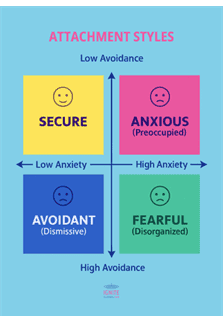
- Secure Attachment – The ability to love and be loved without fear of loss or engulfment.
- Anxious-Preoccupied – The craving for closeness combined with a fear of abandonment.
- Dismissive-Avoidant – A deep need for independence paired with discomfort around intimacy.
- Fearful-Avoidant (Disorganized) – A longing for love complicated by fear of getting hurt and closeness.
Each of these styles has its own emotional logic, shaped by your past and echoed in your present.
In the sections ahead, we’ll explore each attachment style in depth, insights that go beyond romantic dynamics, extending into friendships, family relationships, parenting, and your self-relationship.
You might recognize yourself in just one style, or notice traits from more than one. That’s okay. Attachment styles exist on a spectrum, and they are not fixed; they evolve with awareness, healing, and emotionally safe experiences.
Gentle reminder:
As you explore these attachment styles, let’s remember, this isn’t about placing blame on your caregivers or labeling yourself. The purpose of this knowledge is to foster deeper self-understanding, grounded in kindness and compassion.
1. Secure Attachment: The Safe Harbor Within
Core Belief: “I am worthy of love, and others can be trusted to love me back.”
Sara, a 35-year-old mother of two, says, “When my partner shuts down during conflict, I don’t take it personally like I used to. Instead of being reactive, I pause, stay present, and check in later. I know we’re on the same team. And we discuss our disagreements when we are both calm and ready to speak.”
This is what secure attachment could look like, not the absence of conflict, but the presence of safety and repair.
Secure attachment is the foundation of emotional safety. It forms when a child experiences consistent, warm, and attuned caregiving, where their needs are met not perfectly, but reliably and with love. Over time, this builds a deep, embodied sense of “I’m safe. I matter. I can depend on others, and they can depend on me.”
As adults, securely attached individuals can connect with others without losing themselves. They can give and receive love, manage conflict without overreaction, and ask for what they need without guilt or shame. Their relationships tend to feel more like partnerships than power struggles.
But secure attachment doesn’t mean you’re never triggered or upset. It simply means you’ve developed the emotional tools to respond to those triggers with awareness, communication, and resilience.
How It Shows Up in Daily Life
In Romantic Relationships
- You express your needs clearly and respectfully.
- You don’t play games, overthink, or fear being “too much.”
- You’re receptive to love without relying on it for your sense of worth, and you can enjoy connection without holding on too tightly.
- When conflict arises, you don’t spiral. You stay grounded and seek resolution.
In Friendships
- You maintain close, supportive bonds without needing constant validation.
- You feel happy for others’ successes and aren’t easily threatened.
- You’re comfortable both making plans and spending time alone.
In Parenting
- You’re emotionally attuned to your child’s needs and model healthy boundaries.
- You allow your child to explore, make mistakes, and develop independence, without taking it personally.
- You repair ruptures in the relationship with sincerity and care.
In the Workplace
- You’re confident without being arrogant.
- You seek feedback without fear and collaborate with ease.
- You know your worth isn’t dependent on constant praise or perfection.
Indicators Commonly Associated with Secure Attachment
Take a moment to reflect. Do you notice yourself in any of these?
✔ I feel comfortable with emotional closeness.
✔ I trust others while also trusting myself.
✔ I can handle conflict without shutting down or exploding.
✔ I don’t fear abandonment or feel the need to chase love.
✔ I can be alone without feeling lonely.
✔ I express my needs openly, and I respect others’ needs too.
✔ I allow space in relationships without it threatening the connection.
The beauty is that secure attachment can be cultivated at any age. Through conscious relationships, trauma-informed therapy or coaching, self-regulation practices, and a willingness to meet yourself with compassion, you can move toward secure functioning.
Security isn’t about perfection.
It’s about presence.
It’s about knowing that love isn’t something you have to earn, it’s something you are worthy of just by being.
2. Anxious-Preoccupied Attachment: The Ache of Uncertainty
Core Belief: “I need to be close to feel safe, but what if you leave?”
Neil, a 32-year-old man in a long-term relationship, says, “If my partner seems distant, even for a day, I spiral into self-doubt. I read into everything. I ask myself, ‘What did I do wrong?’ even when nothing’s wrong. I just can’t relax until she reassures me. And sometimes I do things I regret, like going through her belongings without her knowing.”
Anxious-preoccupied attachment is rooted in inconsistency. As children, individuals with this style may have experienced caregiving that was emotionally available at times, and emotionally absent or unpredictable at others. The result? An inner world marked by uncertainty, hypervigilance, and a constant search for reassurance.
The nervous system becomes wired to monitor: “Are you still there? Do you still love me? Did I do something wrong?”
Because love has been unreliable in the past, it becomes something that must be earned, chased, or tightly held onto.
As adults, those with anxious-preoccupied attachment often crave intimacy and emotional closeness, but feel perpetually anxious that their needs might be “too much” or that they’ll be abandoned.
How It Shows Up in Daily Life
In Romantic Relationships
- You may obsess over how your partner feels about you.
- A delay in response or a change in tone can trigger fear of abandonment.
- You may overgive, over-apologize, or suppress your own needs to keep the peace.
- You seek constant reassurance and worry about being a burden.
In Friendships
- You may become overly dependent on close friends.
- Rejection or exclusion, real or perceived, feels devastating.
- You might overextend yourself to be liked or stay “safe” in the relationship.
In Parenting
- You may struggle to tolerate your child’s independence.
- You may over-identify with their emotional states or have difficulty separating your needs from theirs.
- You feel hurt when your child pulls away, even when it’s developmentally appropriate.
In the Workplace
- You may feel anxious about how others perceive you.
- You work hard to please and fear making mistakes.
- Constructive feedback can feel personal, triggering shame or panic.
This is the emotional landscape of anxious-preoccupied attachment. Love feels fragile, and the fear of losing it takes up too much space in your heart.
Indicators Commonly Associated with Anxious-Preoccupied Attachment
Take a moment to reflect. Do you notice yourself in any of these?
✔ I fear being abandoned, even when there’s no real threat.
✔ I often seek validation and reassurance from others.
✔ I overanalyze texts, tone, or behaviors for signs of rejection.
✔ I feel “too much” or “too needy” in relationships.
✔ I give more than I receive, just to feel secure.
✔ I have a hard time being alone without feeling unwanted.
✔ I stay in relationships, even when they’re unhealthy, because I fear being alone.
The Inner World Behind the Pattern
Beneath the anxious behaviors is often a child who learned to adapt by staying close, overperforming, or anticipating others’ moods. These behaviors are not manipulative; they are protective. They are strategies to survive emotional unpredictability.
But here’s the shift:
You don’t have to beg for love or prove your worth to be loved.
You are already enough, without contorting, chasing, or shrinking.
Healing begins when you start soothing the fear, not feeding it.
When you learn to be your own anchor.
When you slowly, gently begin to believe that you are lovable, even in stillness.
3. Dismissive‑Avoidant Attachment: The Fortress of Self-Reliance
Core Belief: “I don’t need anyone. Emotions are risky, and closeness feels threatening.”
Tamara, a 40-year-old entrepreneur, reflects, “I’ve ended relationships not because I didn’t love the person, but because I felt smothered. When things got too emotional, I’d find reasons to create distance, work, travel, anything. It felt like love was asking too much of me.”
Dismissive-avoidant attachment is shaped by emotional neglect, suppression, or chronic invalidation in early caregiving. While physical needs may have been met, emotional needs were often ignored, shamed, or left unmet. In response, the child adapts by minimizing vulnerability and learning to rely only on themselves.
This isn’t because they don’t care. It’s because closeness didn’t feel safe, and needing others became linked with disappointment, rejection, or even shame.
By adulthood, individuals with this style often appear independent, composed, and highly capable. But beneath the surface lies a discomfort with emotional intimacy, a tendency to detach under stress, and a deep fear of being engulfed, controlled, or exposed.
How It Shows Up in Daily Life
In Romantic Relationships
- You may enjoy the early stages of love, but pull away once it deepens.
- You feel uneasy when someone expresses strong emotional needs.
- You may prefer surface-level relationships or keep your partner at an emotional distance.
- You often need space but struggle to communicate that gently.
In Friendships
- You avoid too much emotional depth or drama.
- You may be perceived as aloof or hard to read.
- You tend to process things alone and rarely reach out for support.
In Parenting
- You provide structure, rules, and responsibility, but may struggle to tune in emotionally.
- Your child’s big feelings may overwhelm or annoy you.
- You may unintentionally teach your child to suppress emotions, believing it builds strength.
In the Workplace
- You’re autonomous and thrive in roles that don’t require emotional labor.
- You prefer logic over feeling and may shut down emotionally under pressure.
- Asking for help feels like weakness, and emotional expressions from coworkers may feel uncomfortable.
This is the hallmark of dismissive-avoidant attachment, not a lack of care, but a nervous system that equates closeness with loss of control.
Indicators Commonly Associated with Dismissive-Avoidant Attachment
Take a moment to reflect. Do you notice yourself in any of these?
✔ I prefer to handle things on my own, even when I need support.
✔ I feel uncomfortable when others are overly emotional or dependent on me.
✔ I shut down or withdraw during the conflict.
✔ I fear losing my independence in relationships.
✔ I often feel numb or disconnected from my emotions.
✔ I’ve been told I’m “distant” or “hard to reach. or “have high walls.”
✔ I avoid vulnerability, even with those I love.
The Inner World Behind the Pattern
Avoidant individuals often learned early that being self-reliant was safer than being emotionally open. Vulnerability may have been punished, ignored, or used against them. So, the emotional distance became a protective shield.
But over time, that shield becomes a barrier to connection, both with others and with the deeper parts of yourself.
The path toward healing isn’t about becoming emotionally dependent. It’s about learning that you can need others and still be strong, that intimacy doesn’t have to mean loss, and that emotions aren’t dangerous; they’re data.
4. Fearful‑Avoidant (Disorganized) Attachment: The Heart’s Push‑Pull Dilemma
Core Belief: “I want love, but love doesn’t feel safe.”
Leila, a 29-year-old woman who survived a chaotic upbringing, shares: “Every time I got close to someone, I felt a storm inside me. I’d either push them away or test their love until they gave up. Then I’d fall apart, wondering why no one stays. But deep down, I was terrified that if they really knew me, they’d leave, or worse, hurt me.”
Fearful-Avoidant attachment, also known as Disorganized attachment, is often the most complex and painful of the four styles. It typically develops in early environments where the caregiver was also a source of fear: unpredictable, abusive, neglectful, emotionally unstable, or threatening.
In such environments, the child experiences a devastating paradox:
The very person they instinctively turn to for safety is also the source of pain.
This creates an internal split: “I need you… But I’m terrified of you.”
To survive, the child fragments their experience, longing for closeness while bracing for harm. This unresolved tension in the nervous system becomes the foundation of disorganized attachment.
By adulthood, this attachment style often manifests as conflicting behaviors in relationships, yearning for intimacy, then pulling away; trusting and then distrusting; loving deeply, then fearing betrayal.
How It Shows Up in Daily Life
In Romantic Relationships
- You may crave a deep emotional connection, but panic when it becomes real.
- You may alternate between clinginess and withdrawal, often feeling out of control.
- You struggle with trusting your partner, even when they haven’t broken trust.
- You may unconsciously sabotage healthy love out of fear that it will eventually hurt you.
In Friendships
- You desire closeness but often fear rejection or betrayal.
- You may become hypervigilant to signs of disapproval, pulling away suddenly.
- You feel misunderstood and alone, even in the presence of support.
In Parenting
- You may feel overwhelmed by your child’s emotional needs and unsure of how to respond.
- You might shift between overprotection and emotional distance.
- You fear repeating patterns from your own childhood and may feel guilt or confusion in your role as a parent.
In the Workplace
- You may struggle with authority figures, both craving their approval and fearing their criticism.
- You might work intensely to prove yourself, then suddenly withdraw or self-sabotage.
- You fear both failure and success, unsure where you truly belong.
This is the reality of fearful-avoidant attachment: the nervous system can’t fully settle into love, because love has never felt fully safe.
Indicators Commonly Associated with Fearful-Avoidant (Disorganized)
Take a moment to reflect. Do you notice yourself in any of these?
✔ I want intimacy, but I often feel unsafe or overwhelmed when it happens.
✔ I fear abandonment and also fear being “too close.”
✔ I tend to sabotage relationships that start feeling serious.
✔ I find it difficult to trust, even when there’s no reason not to.
✔ I experience intense emotional swings in relationships.
✔ I sometimes dissociate, freeze, or shut down under stress.
✔ I often feel like there’s something broken or unlovable inside me.
The Inner World Behind the Pattern
This style is often a result of trauma, neglect, or emotional chaos that left a young nervous system with no safe template for connection. The body wants closeness, but the mind fears what it might cost.
It’s important to remember: this pattern is not your fault. It was a response to something that you couldn’t control. And while healing may feel messy or slow, it is possible.
Healing Fearful-Avoidant attachment begins with learning self-regulation, building trust with emotionally safe others, and creating new relational experiences that contradict the old blueprint.
What Healing Looks Like: Rewriting Your Relational Script
Healing your attachment wounds doesn’t mean erasing the past. It means creating new experiences in the present that gently challenge the old story:
“I’m not safe,”
“I have to earn love,”
“I can’t trust anyone,”
“If I show who I really am, I’ll be rejected.”
These beliefs weren’t born in isolation. They were learned through repeated experiences of inconsistency, abandonment, neglect, emotional enmeshment, or fear. And what was learned can be unlearned.
The Healing Process Isn’t Linear, It’s Layered. You may revisit the same core wound many times, but each time with deeper awareness, softer compassion, and greater capacity to respond differently.
You may:
- Catch yourself before spiraling into anxiety or shutdown.
- Ask for what you need without apologizing for it.
- Stay present in conflict instead of fleeing, fawning, or freezing.
- Set a boundary and do not crumble with guilt.
- Let love in, even when it feels foreign or terrifying.
These are milestones of healing, not because they’re perfect, but because they’re conscious.
Healing Happens in Safe Relationships, Including the One With Yourself
Attachment wounds were formed in relationships. And they are most powerfully healed in relationships, not necessarily romantic ones, but any relationship rooted in emotional safety, consistency, and presence.
That might be:
- A friendship that feels unconditionally supportive
- A partner who meets you with patience instead of pressure
- Learning to reparent yourself
- A trauma-informed therapist or coach
- Psychedelic Assisted Therapy
- Psychosomatic Practices and Nervous System Regulation
The nervous system learns to settle not through logic, but through felt experience. When someone shows up for you consistently, when they don’t abandon you during the conflict, when they validate your experience instead of denying it, you begin to trust, not just them, but the possibility of connection itself.
Transforming From Surviving to Secure
You don’t need to “fix” yourself to be loved. You don’t need to master perfect communication or erase every trigger.
Healing is not about becoming someone else; it’s about becoming more of who you really are, once fear stops running the show.
A securely functioning attachment system is not one without needs, conflict, or emotion; it knows:
“I can soothe myself and let others support me.”
“I can be close without losing myself.”
“I can feel fear without letting it decide how I show up in love.”
“I can give love and still protect my own heart.”
Before Closing…
Understanding your attachment style is a powerful first step. It gives you language for the patterns you’ve lived with, and permission to approach them with curiosity, not shame.
You are not defined by your past. You are shaped by it, but you are not bound to it.
Healing takes time. It takes presence. And most of all, it takes compassion for the parts of you that adapted to survive.
The good news? What was wired through a relationship can be rewired through a relationship.
One safe moment at a time.
Let’s Stay Connected
If this article resonated with you, I’d love to hear from you. Feel free to reach out, share your reflections, or let me know what landed.
Also, feel free to;
- Share this article with someone who might find it helpful.
- Explore more of my resources on attachment, parenting, and relational healing. More Blogs
- Stay tuned for my upcoming Attachment Healing Masterclass and Workshop, a deep, experiential dive into understanding and healing attachment wounds.
Let’s walk this path of connection, healing, and growth together.
Thank you for reading and for your heartfelt support and interest.
May love lead you gently back home to yourself.
With grace and gratitude,
Lux Hettiyadura
Directress, Child/Adolescent Development & Parenting Coach Education – Ignite Global
References:
Ainsworth, M.D.S., Blehar, M.C., Waters, E. and Wall, S.N. (1978) Patterns of Attachment: A Psychological Study of the Strange Situation. Hillsdale, NJ: Lawrence Erlbaum Associates.
Bowlby, J. (1969) Attachment and Loss: Vol. 1. Attachment. New York: Basic Books.
Cassidy, J. and Shaver, P.R. (eds.) (2016) Handbook of Attachment: Theory, Research, and Clinical Applications. 3rd ed. New York: Guilford Press.
Fraley, R.C. and Shaver, P.R. (2000) ‘Adult romantic attachment: Theoretical developments, emerging controversies, and unanswered questions’, Review of General Psychology, 4(2), pp.132–154.
Main, M. and Solomon, J. (1986) ‘Discovery of a new, insecure-disorganized/disoriented attachment pattern’, in Brazelton, T.B. and Yogman, M.W. (eds.) Affective Development in Infancy. Norwood, NJ: Ablex, pp. 95–124.
Siegel, D.J. (2012) The Developing Mind: How Relationships and the Brain Interact to Shape Who We Are. 2nd ed. New York: Guilford Press.
Tatkin, S. (2012) Wired for Love: How Understanding Your Partner’s Brain and Attachment Style Can Help You Defuse Conflict and Build a Secure Relationship. Oakland, CA: New Harbinger Publications.

